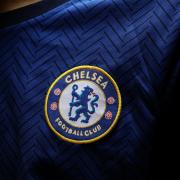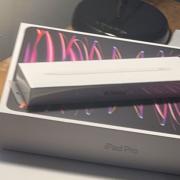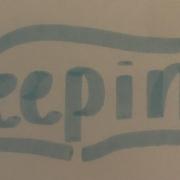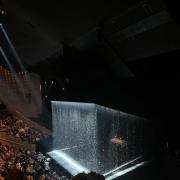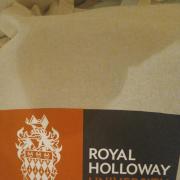
‘Is digital art real art?’
This has been a common debate, stemming from the scorn of traditional artists, who feel that digital art requires little to no effort at all. If you have a touchscreen device and a stylus – you can create digital art.
One of the earliest forms of digital art was by Ben Laposky in 1952, who used an oscilloscope to manipulate electronic waves that appeared on the small fluorescent screen, titled ‘Oscillion 40’. Digital art in it’s infancy was focused on maths and geometric structure, as technology was limited. This is seen in Vera Molnar’s works, an artist from Budapest, Hungary, who in 1968 invented the Machine Imaginaire, and created art by changing, erasing, and merging geometric shapes like the triangle. The very same year, the first digital art exhibition was held.
It has risen in popularity, with the demand for digital artists in growing industries increasing, not just for computer designs, games or animation, but for cultural and educational institutions such as libraries and museums and other places of entertainment. In March 2021, the first digital-only art auction by Christie's auction house has netted $69m (£50m) for the artist Beeple, and it’s become easier for smaller digital artists to sell their art on the internet, digitally or as prints to make a living in the industry.
Nowadays, technology has advanced so that digital painting holds no limits. Creating digital art requires a completely different skillset to traditional art, which doesn’t reduce it’s value. Although some traditional artists hold it in contempt, many have embraced the new tool and interchange between the two mediums. Digital art certainly has shortcuts that make painting or drawing easier, such as gradient tools and the pivotal ‘undo’ button, however it is still a form of art and exercises an artist’s use of colour theory, perspective and composition.




